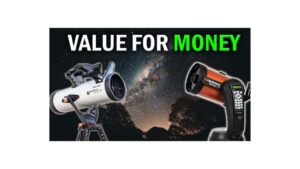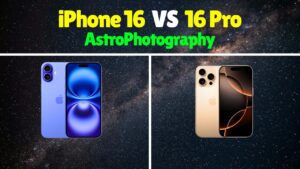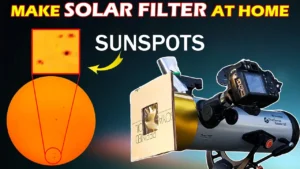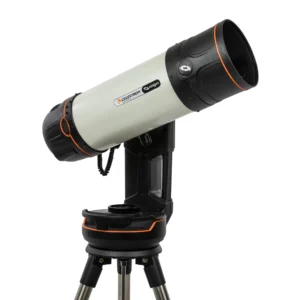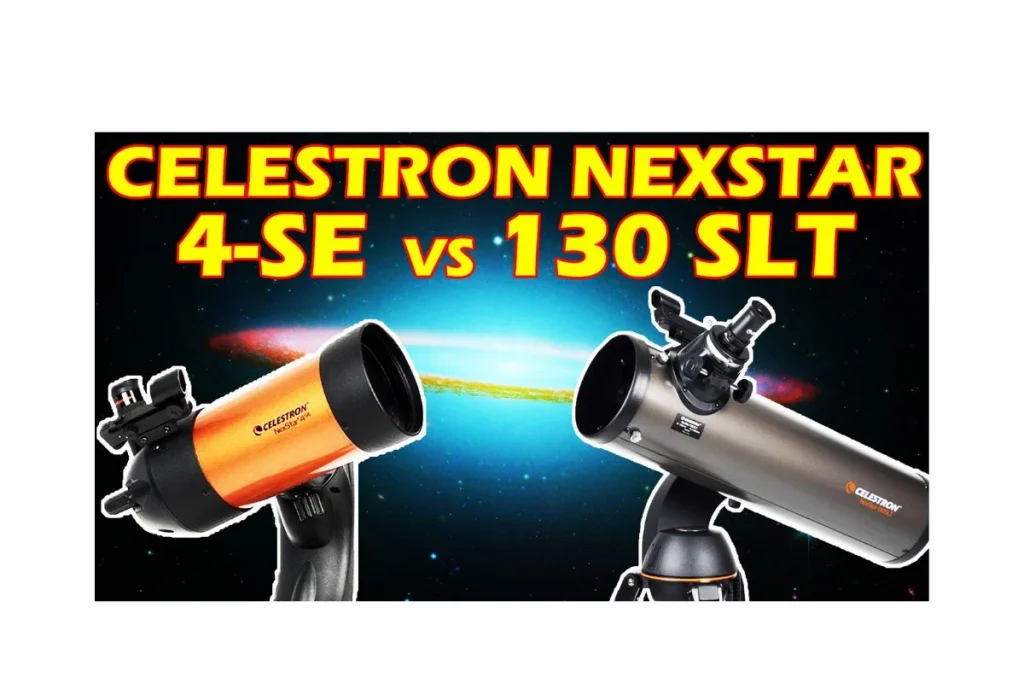
If you are looking to buy a telescope then you must have come across the Celestron NexStar 4SE and Celestron NexStar 130 SLT telescopes. Both of these telescopes are from Celestron but from the two different series of Celestron. Celestron Nexstar 4SE is from Celestron’s SE series and Celestron Nexstar 130 SLT is from Celestron’s SLT series. SLT series of Celestron is for beginner to intermediate levels of astronomers. Nexstar 130 SLT is the top model in the SLT series.
On the other hand, the Nexstar SE series is for the beginner to advanced levels of astronomers. NexStar 4SE is the first telescope in the SE series. Also SE series is an upgrade from the SLT series.
The cost difference between these two telescopes is very less. So, many of you might get confused about whether they should buy a 4SE telescope or a 130 SLT telescope. So in this article, we will compare these two telescopes and see which telescope is a better choice.
Details of Celestron Nexstar 4SE.
This is the first telescope in the Nexstar SE series. It is a Maksutov-Cassegrain-type telescope. It has an aperture size of 102mm and a focal length of 1325mm. Its focal ratio is 13. Its highest useful magnification is 241X and its lowest useful magnification is 15X. This telescope comes with two eyepieces one is 25mm and the other is 9mm.
The telescope comes with a computerized Go-To mount which has data of 40,000 celestial objects. The mount which comes with 4SE has a built-in wedge, which is helpful in polar aligning your telescope and very much helpful in astrophotography.
The total weight of this telescope is 23lbs. With this telescope, you can see the moon, planets, and star clusters, dark surface features on Mars, the ring of Saturn, and many faint comets and brighter asteroids.
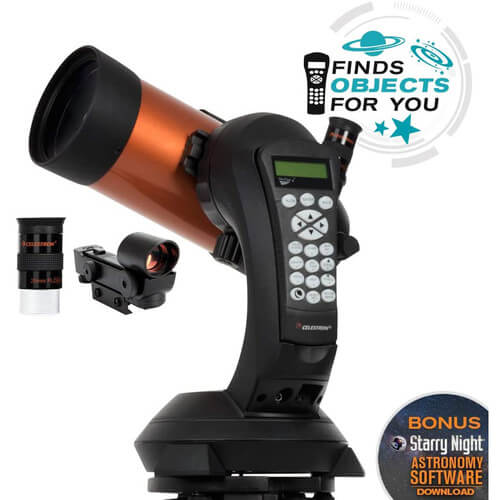
Details of Celestron NexStar 130 SLT.
This is the top model in the SLT series. It is a Newtonian reflector-type telescope. It has an aperture of 130mm and a focal length of 650mm. Its focal ratio is 5. Its highest useful magnification is 307X and its lowest useful magnification is 19X. This one also comes with two eyepieces one is 25mm and the second is 9mm. The total weight of the telescope is 18lbs.
This telescope has inbuilt data of 4,000 celestial objects. The mount which comes with this telescope is slightly less sturdy than the one which comes with the SE series so sometimes it vibrates when you move the telescope. But you can use anti-vibration pads to reduce these vibrations to zero.
With this telescope, you can see craters on the moon, phases of Venus and mercury, polar ice caps on Mars, star cluster nebulae and galaxies, and some bright deep space objects.
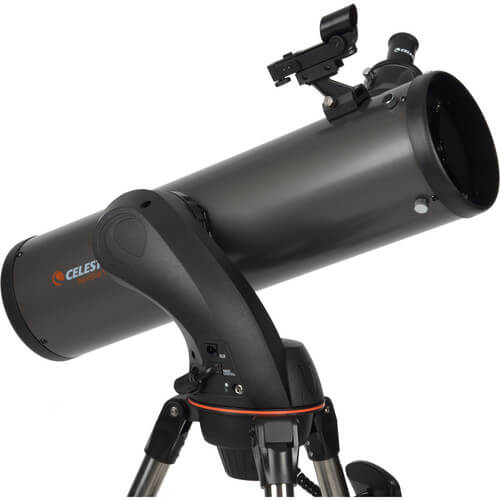
Which one should you buy?
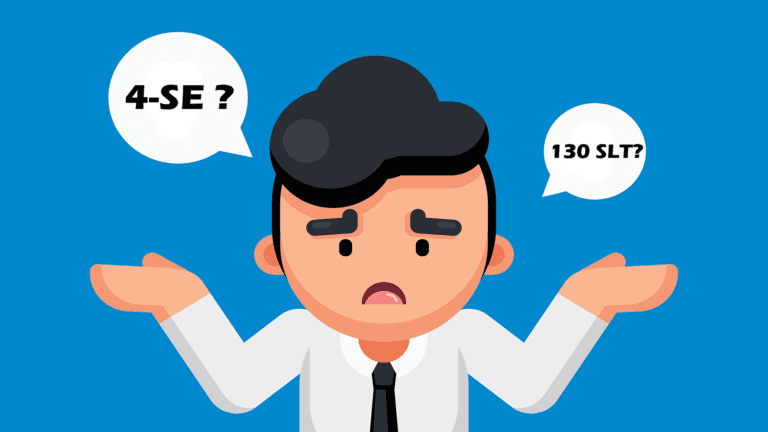
The biggest difference between these telescopes is aperture size. NexStar 130 SLT has a bigger aperture. That means it collects more light than 4SE. Also, 130 SLT has half the focal length compared to what 4SE has. This means 130 SLT will give you a wider field of view, which will show you more objects in your field of view. This is good for observing deep space objects.
The 4SE has a longer focal length and a narrow field of view which is good for observing planets. When you are observing planets you need higher magnification and with 4SE it is easier to get higher magnification.
With 130 SLT also you can get higher magnification but you need to use a Barlow lens and collimate it accordingly. When a telescope collects more light the better images it gives. Usually, there is always a slight amount of light that is lost and reflected. So, in the SE series, the lens & glasses are coated with Celestron’s Starbright XLT technology. Which helps in absorbing the maximum light it gets. So the images you will see will be sharper and brighter.
So, if you are someone who just wants to observe planets then 4SE is a better choice for you. As NexStar 4SE has a smaller aperture and is limited to observing planets. There is a possibility that you might outgrow this telescope very fast. Then you will be looking for buying a bigger aperture size telescope.
As mentioned in the beginning SE series is an upgrade from the SLT series. The most important part of the telescope is its aperture. A bigger aperture collects more light ultimately giving brighter images. Also with a bigger aperture telescope, you can observe deep space objects. 130 SLT has a bigger aperture and costs slightly less than 4SE.
So, if you are someone who is on a tight budget and wants a bigger aperture telescope to explore planets and a little deep space objects then 130 SLT is a better choice for you.

